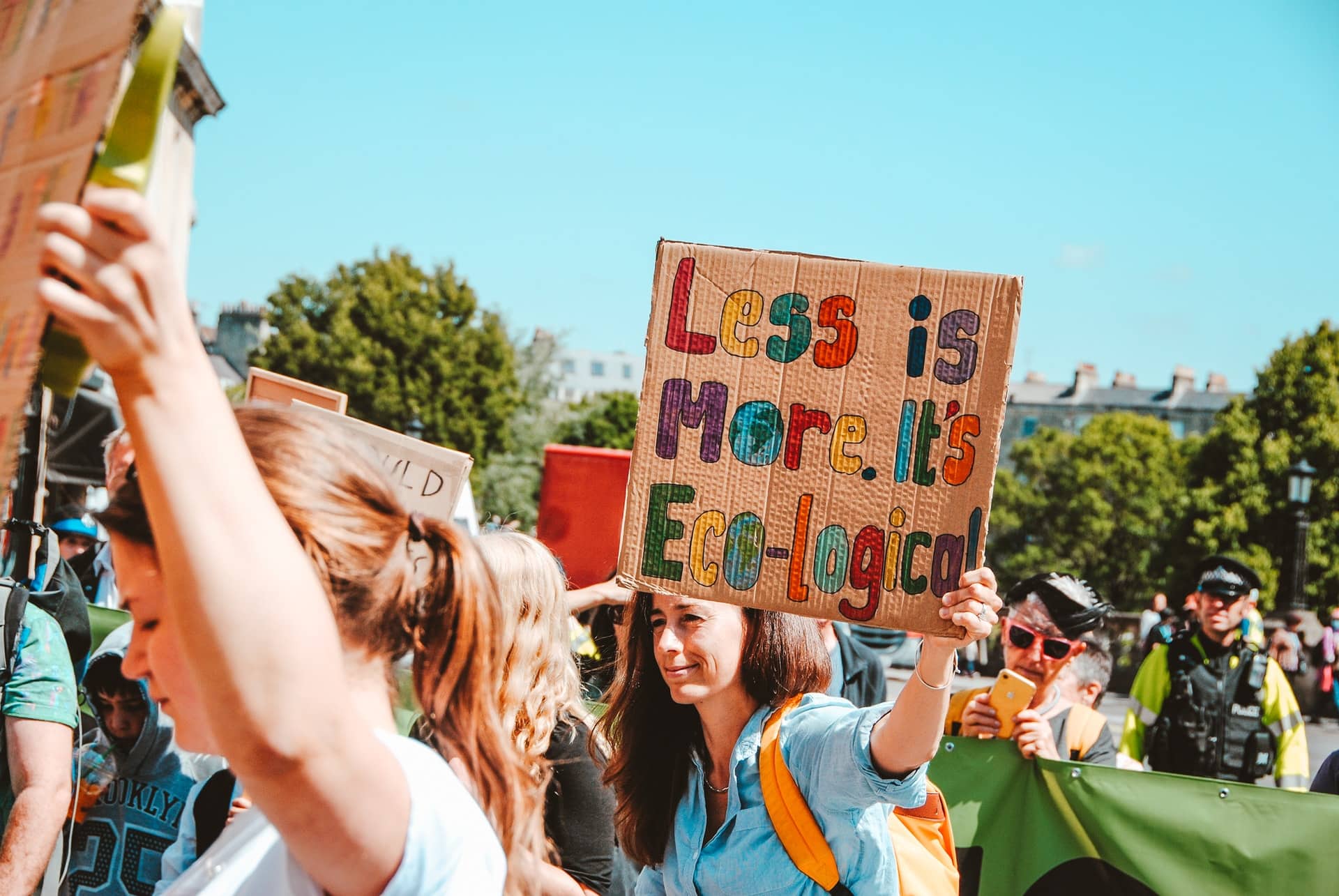
How to Know If Your Presents Are Really Eco-Friendly

Winter is on its way and storefronts everywhere are already announcing Christmas will be here soon. The celebration of Christmas has valuable religious and historical roots, but it’s turned into a marketing brouhaha in modern culture. In fact, the consumerist celebration of Christmas has turned many individuals against the holiday, especially when they consider the environmental impact of so much plastic, unnecessary presents, and wrapping paper.
There’s a way to do Christmas better. If you commit to choosing eco-friendly presents, you can celebrate the season with festivity and sustainability.
Unfortunately, it can be difficult to have confidence in brands’ supposed benefit to the environment. Many companies use psychology or customers’ ignorance to sell products that don’t live up to their claims.
Here’s how you can know if your Christmas presents are really eco-friendly.
Understand Product Labels
According to Treehugger’s guide on identifying green products, you should always read product labels as your first step. You’ll be able to quickly identify dishonest products by comparing packaging claims with the fine print.
Products including cosmetics, candles, and essential oils aren’t federally regulated. While this isn’t necessarily a bad thing, it means you’re responsible for watching out for yourself when you buy these products. If a product doesn’t have a label, you should avoid it altogether.
When a product is going into your body, it’s essential to understand its ingredients and how they can affect you and others in your household. If something harms you, it’s not eco-friendly – regardless of what the label says.
If you don’t recognize an item on a label, look it up. There’s a wealth of information online about toxic ingredients and what to avoid in personal care products. With just a little time, you’ll know what to look for on your own.
Check Third-Party Certifications
Third-party certifications are the most powerful way to check the claims on a product’s packaging. Because it can be expensive to undergo certification, some products may not have them. However, you can trust products with well-respected certifications.
There are many different kinds of certifications, and they each represent something different. Here are five of the top green certifications:
- Green Seal – This label is highly respected and was developed by a non-profit organization to measure the health impacts of products. It may mean different standards were met for different types of products.
- Scientific Certification Systems – This company label identifies products made according to their sustainability standards.
- Safer Choice – Developed by the U.S. Environmental Protection Agency (EPA), this label signifies a product has met a certain set of standards regarding its safety for humans and the environment.
- Energy Star – This label marks energy-efficient appliances and electronics. It was also developed by the EPA.
- Fair-Trade Certified – This seal means a product was partially created in alignment with Fair Trade USA’s regulations, which focus on improving working conditions.
Many more third-party certifications exist, targeting everything from the quality of ingredients and working conditions to whether a product can be recycled. Before you trust certification labels, do your research and find out what standards each certification requires.
It’s best to avoid certifications developed by companies with an interest in the product – always think about bias and who is benefiting from each industry.
Consider the Full Life Cycle of Your Presents
To understand a product’s total impact on the environment, you must consider its creation, use, and end-of-life process. These details are known as the full life cycle of a product.
Some products may have a very eco-friendly creation, but they adversely impact the environment when they’re used. Other products may have little to no environmental impact until the recycling phase, at which point they end up in a landfill because they can’t break down naturally.
Most products will have an environmental impact at some point in their process, even if it’s small. Consider which aspects of product creation concern you most and prioritize healthy practices in that area.
Think About Net Effect
According to professors Roland Geyer and Trevor Zink, it may be better to measure the overall “net green” impact of a product rather than assess its life cycle. They argue products’ life cycles are difficult to rate because they are measured against an ideally green product that doesn’t exist. Without clear standards, a sustainability assessment means nothing.
Assessing a product’s “green” status is a challenging endeavor because many aspects of environmental impact are difficult, if not impossible, to measure. For instance, consider a washing machine produced under ethical working conditions and designed to save water when used. A life cycle assessment of this washing machine could potentially check all the sustainability boxes – it was produced ethically, made of recyclable materials, saves water, and is packaged in materials that break down easily.
However, what businesses don’t know is how long the washing machine lasted, how it was used, and where it ended up after use. Much of a product’s sustainability is determined by the consumer and other factors businesses have no control over.
It’s important to realize that while some products may be truly green, this usually just means they’re greener than others – not they have no adverse effect on the environment.
Look for Ethical Impact
Another aspect of sustainability has to do with testing and production procedures. If a product is produced by child labor, it is unethical and not environmentally-friendly.
While some companies aren’t profiting from slave labor, they may still mistreat their employees or outsource to a country with few environmental work standards. Start by reading what companies say about themselves, and then see what third-party groups have to say.
It isn’t easy to be 100% certain companies are treating their employees well, but you can look for transparency, third-party advocates, and specific statements and pages on ethical practices.
Many people also object to animal testing and prefer to purchase products with a cruelty-free logo. However, some products will fake this logo – always double-check a product is actually certified as cruelty-free. Don’t believe every bunny logo you see!
Shop Ethical Gift Options
Although they don’t always follow through, customers continue to be very interested in green products. Increased interest means the diversity and availability of sustainable items continue to grow. Here are a few categories you can consider for a sustainable Christmas this year:
- Jewelry – Consider the sourcing of materials and labor when buying jewelry. Aim for pieces that will stay in fashion for a long time and work with many styles.
- Clothing – Avoid fast fashion, and look for quality pieces that will last a long time. Natural materials like cotton and wool are better for the environment than synthetic materials.
- Furniture – Eco-friendly furniture is made of natural, biodegradable materials that will last a long time. To protect your air quality and your family’s health, it shouldn’t have any toxic coatings or materials.
- Kitchenware – Sustainable kitchenware includes reusable straws and cups along with containers made of natural, sustainably-sourced materials.
- Workout – Workout mats, clothes, and shoes can all be found through sustainable companies that use recycled materials and donate part of their profits to environmental work.
Because sustainable products are made of quality materials, they are often more costly than other choices. However, this initial cost is an investment in a long-lasting product that’s toxin-free for both humans and the environment.

Don’t Overthink Your Presents
It’s immensely valuable to consider how products are made and how they impact other humans, animals, and the environment as a whole. You can do a lot to ensure your Christmas presents, and other holiday gift giving ideas, are eco-friendly.
Start here, and then follow up with research on specific companies to find the perfect Christmas presents for your friends and family. You’ll love their reaction, they’ll love your gift, and the environment will get a Christmas gift too.



Post a comment